
WINES OF SOUTH AMERICA
THE PUBLISHER GRATEFULLY ACKNOWLEDGES THE GENEROUS SUPPORT OF THE GENERAL ENDOWMENT FUND OF THE UNIVERSITY OF CALIFORNIA PRESS FOUNDATION.
WINES OF SOUTH AMERICA
The Essential Guide
Evan Goldstein
 UNIVERSITY OF CALIFORNIA PRESS
UNIVERSITY OF CALIFORNIA PRESS
University of California Press, one of the most distinguished university presses in the United States, enriches lives around the world by advancing scholarship in the humanities, social sciences, and natural sciences. Its activities are supported by the UC Press Foundation and by philanthropic contributions from individuals and institutions. For more information, visit www.ucpress.edu.
University of California Press
Oakland, California
2014 by Evan Goldstein
Library of Congress Cataloging-in-Publication Data
Goldstein, Evan.
Wines of South America : the essential guide / Evan Goldstein.
pages cm
Includes bibliographical references and index.
ISBN 978-0-520-27393-1 (cloth : alk. paper) ISBN 978-0-520-95875-3 (e-book)
1. Wine and wine makingSouth America. 2. ViticultureSouth America. 3. Wine industrySouth America. I. Title.
TP559 .s63g65 2014
663.20968dc23
2013047383
Manufactured in the United States of America
23 22 21 20 19 18 17 16 15 14
10 9 8 7 6 5 4 3 2 1
The paper used in this publication meets the minimum requirements of ANSI/NISO Z 39.481992 ( R 2002) (Permanence of Paper).
CONTENTS
MAPS
ACKNOWLEDGMENTS
The scope and diversity of those who contributed to make this book happen mirror the complexity and range of South Americas wine regions. Reference books, by definition, require researching vast amounts of information, ensuring its accuracy, and tracking down minutiae. All of this requires asking favors of your friends, who in turn ask favors of their friends. So muchisimas gracias and obrigadissimo to
Barbara Pino, Elena Goldstein, and Adam Goldstein for their love, support, and empathy when I headed south of the equator for weeks on end
Connie Shih Cohn, my invaluable right hand, for her patience, persistence, and constant refusal to take no for an answer when it would have been far easier to throw in the towel
My business partner, Limeng Stroh, and our Full Circle team for rejigging their day jobs to allow me to take on this project
The amazing equipo at the University of California Press, including Blake Edgar and Dore Brown, for taking a chance on this book and then treating it so lovingly
Erika Bky for her fastidious editing skill, which still preserved my voice
Anne Canright, proofreader nonpareil, for dotting the is, crossing the ts, and adding the accents
Lohnes + Wright for the captivating cartography
All of the gifted photographers, including Mariano Herrera, Laura Mariategui, Camilo Quintana, Lilo Methfessel, Mario Vingerhoets, and especially Matt Wilson, the man, whose beautiful shots bring the countries to life
Jaime Draeger for her awesome transcription skills and great sense of humor
I am also grateful for the invaluable assistance of
Team Argentina: Raquel Correa, Laura Catena, Nora Favelukes, Mario Giordano, Victor Honor, Mara Laura Ortiz, Magdalena Pesce, Andres Rosberg, and Jos Saballe
Team Brazil: Leocir Bottega, Gabriela Mott, Josimar Pedron, Pablo Onzi Perini, Flavio Pizzato, Brbara Ruppel, Joo Carlos Taffarel, Jorge Tonietto, and Mauro Zanus
Team Chile: Fred Dexheimer, Ricardo Grellet, Derek Mossman Knapp, Aurelio Montes, Jake Pippin, Allyson Silva, and Lori Tieszen
Team Uruguay: Nicolas Bonino, Fabiana Bracco, Francisco Carrau, Pablo Fallabrino, and Gustavo Magarios
And to
Embedded emissaries Gregg Smith and Soledad Marroquin Muoz (Peru), Sergio Prudencio (Bolivia), Dick Handal and Pablo Tamarelli (Ecuador), Gabriela Fines Ibarra (Paraguay), Jean Louis de Bedout (Colombia), and Leo dAddazio (Venezuela)
Finally, I extend my gratitude to the countless winemakers and the helpful and endlessly generous teams at all the bodegas and adegas I visited for sharing stories, meals, laughter, and, of course, their delicious wines.
INTRODUCTION
The Vinos and Vinhas of South America
According to an old South American story, when God finished creating the earth, the angels in charge of shaping the land came to him and said: Weve got a lot of mountains, valleys, and rivers left over; what should we do with them? God answered, Dump them at the end of the earth. And that, fortuitously for grape growers and winemakers, is how Chile and Argentina were created.
My first encounter with South American wine was a revelation. On an October day in the mid-1980s, while I was working at my familys San Francisco restaurant, Square One, a friendly and passionate wine importer named Alfredo Bartholomaus came in. He was the founder of Billington Imports (then an independent company), and he had brought a few bottles of Chilean wine made by Cousio Macul, one of Chiles oldest family wine companies. Having never tasted any South American wines, I stopped by his table and listened with a combination of curiosity and reticence as Alfredo shared his enthusiasm for Chile and its wines and invited me to sample the range he had brought with him. I was mightily impressed, if not totally surprised, and the tasting opened my eyes (and palate) to South American wines. I have never looked back.
I had been to South America once in the early eighties, but only to visit Brazils big cities and beaches. On that trip, I hadnt tasted any local licensed beverages except beer and cachaa (a spirit distilled from sugarcane juice). Wine was not popular or readily available. Even today, beer (from every country), rum (from Venezuela or Brazil), and brandy (notably the celebrated piscos of Chile and Peru and the singani of Bolivia) are more popular than wine on most of the continent. Only Argentina and Uruguay are serious wine-drinking nations. This lack of an indigenous wine culture is part of the reason that winemakers began to look overseas for their market, starting a veritable northward invasion of South American wines. And when I say invasion, I mean the good kind, like the British musical invasion of the 1960sevocative and a great source of pleasure.
Today in many parts of the United States, a casual stroll down the wine aisles of a local store or supermarket reveals an array of wines from Chile and Argentina. Argentina is now the hottest South American wine producer and the third largest exporter to the United States, trailing only Italy and Australia. According to the Foreign Agricultural Service (FAS) of the United States Department of Agriculture, Argentinas 2013 bottled wine exports to the United States amounted to 7.2 million cases, worth $286 million, and grew a respectable 5.5 percent over the previous year.
Fifth among wine exporters to the United States, and only recently surpassed by Argentina, is Chile. According to the International Organisation of Vine and Wine (OIV), Chile is the worlds ninth-largest producer of wine. It exports 879 million liters a year, totaling $1.88 billion in 2013 and accounting for 70 percent of the countrys wine production. The United States is the second-largest market for Chilean wines after Europe, importing about $201 million worth.
In addition, vibrant wine industries exist in Brazil and in Uruguay, whose exports are increasingly becoming available to American consumers. Add to the mix some small but significant wine undertakings in Bolivia and Peru and a few in Colombia, Ecuador, Paraguay, and Venezuela, and you have a comprehensive, wide-ranging continental wine culture.
Next page
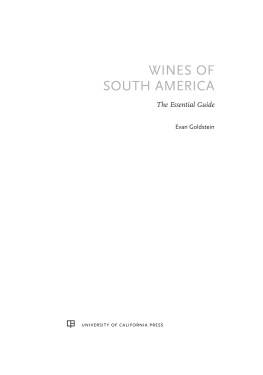

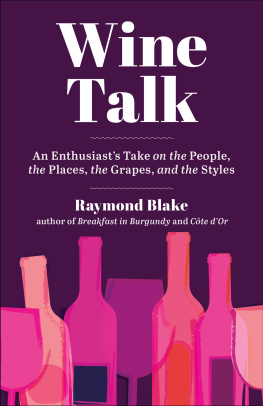
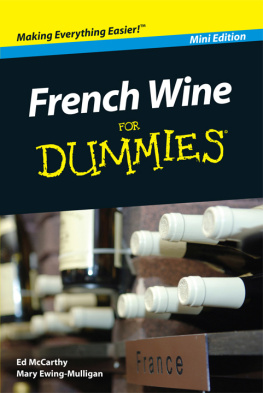

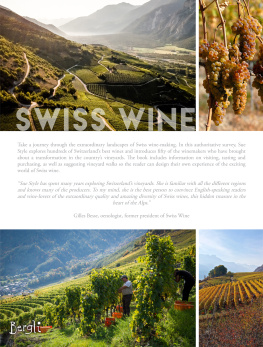
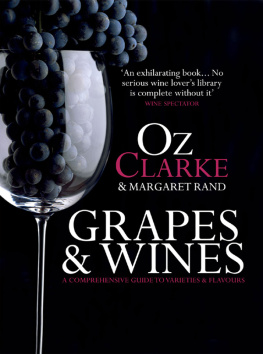
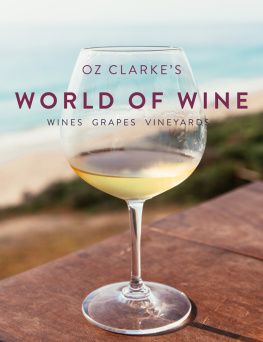
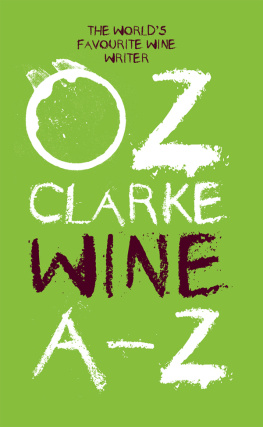
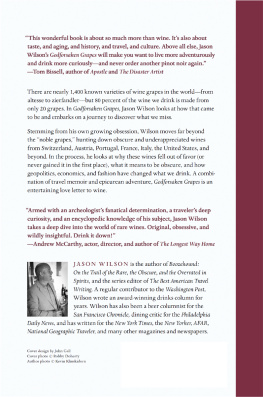




 UNIVERSITY OF CALIFORNIA PRESS
UNIVERSITY OF CALIFORNIA PRESS